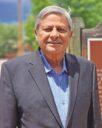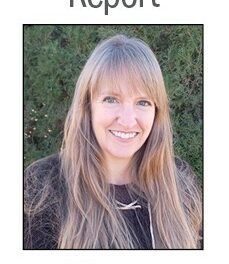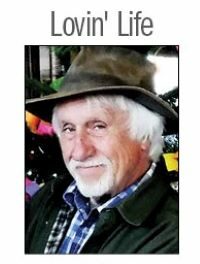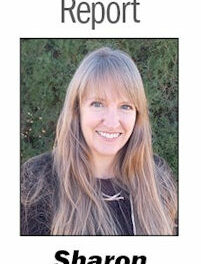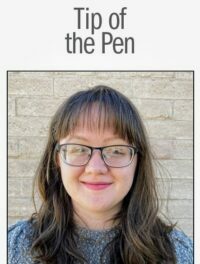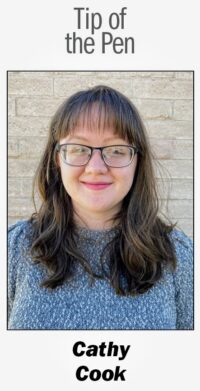
Endless miles, through desert, past mountains. They’re even better with a road trip buddy who can regale you with stories and point out sleepy herds of grazing cows.
The other week, I got the chance to visit El Morro, a national monument and piece of New Mexico history that I had never heard of (despite being born and raised in New Mexico).
El Morro is a sandstone bluff just a 50-minute drive from Grants. Thousands of people have carved signatures into its sides for hundreds of years.
Pueblo structures were built on top of the mesa a thousand years ago. Some of the walls of Atsinna Pueblo can still be viewed from the trail across the top of the mesa. Atsinna dates from 1275 and housed 500 to 600 people.
You can find petroglyphs carved into the side of El Morro along the Inscription Trail loop. Conquistadors like the infamous Juan de Oñate also carved their names and messages into the side of the bluff.
Three hundred years later, people following the railroads and the promise of opportunity west also left their names in the sandstone.
There’s a two-mile hike up to the top of the mesa, across it, back down and past the walls of stone signatures and messages. You can follow the path over sandstone boulders and down ancient stairways next to the sky.
It’s powerful to walk in a place you know so many others have tread. It’s a good reminder that people a thousand years ago probably had many of the same worries we do now and the same worries people will have in another thousand years: How do you take care of your family and your community? How do you keep them safe and fed and happy?
Looking out from the top of the mesa is a powerful reminder of how beautiful this corner of the world is.
For me, New Mexico is all about the sky. It’s easy to pick out constellations in our clear skies. Fantastic sunsets are frequent enough to become mundane, and the horizon stretches on forever.
It made me so happy to be right up next to the sky at the top of El Morro. Fortunately, there was not wildfire smoke lingering overhead, unlike much of the state for the last month.
It was a bright, clear day, and the sky was so blue I wanted to stay up there forever.
What does it mean to belong to a place?
This is a question that has been on my mind for a long time, but it feels especially present in a space where the layers of history — the layers of ancient civilization to brutal colonization to the further colonization brought by western expansion and manifest destiny — are so blatant. They’re literally carved into stone there, name on top of petroglyph, layered over by another name.
Like most places in the United States, New Mexico has a history that includes displacement, that includes colonization, that includes genocide. There are several deeply rooted cultures and communities that coexist in this space.
There are Native communities who are very much still here and have been on this land for thousands of years. There are people who have called the state home for hundreds of years, since before the border crossed the people.
Then there are newer transplants, like me, who do not have generations and generations of family from this place, but still feel rooted here.
What do we owe the places we belong to?
This question feels timely, given the wildfires raging across the state.
It’s frustrating that the Forest Service, an organization tasked with being a steward of public lands, is also responsible for setting what has become the largest wildfire in state history, the Calf Canyon/Hermit’s Peak Fire. Hopefully the federal government will step up to help the communities impacted by that fire recover.
It’s also just frustrating to watch smoke linger overhead and know that so many people have lost homes, not just in that fire, but in the other fires burning around us. Ruidoso to Mora, it’s alarming to know so many of our neighbors have been displaced.
I’m impressed by the leadership and commitment to service demonstrated by Socorro High School’s 2022 student class president Moises Castillo, who organized a food drive to help people impacted by the wildfires. That, I guess, is my answer to what we owe the places we belong to: When you see a problem, step up to fix it and ask your community to help.




